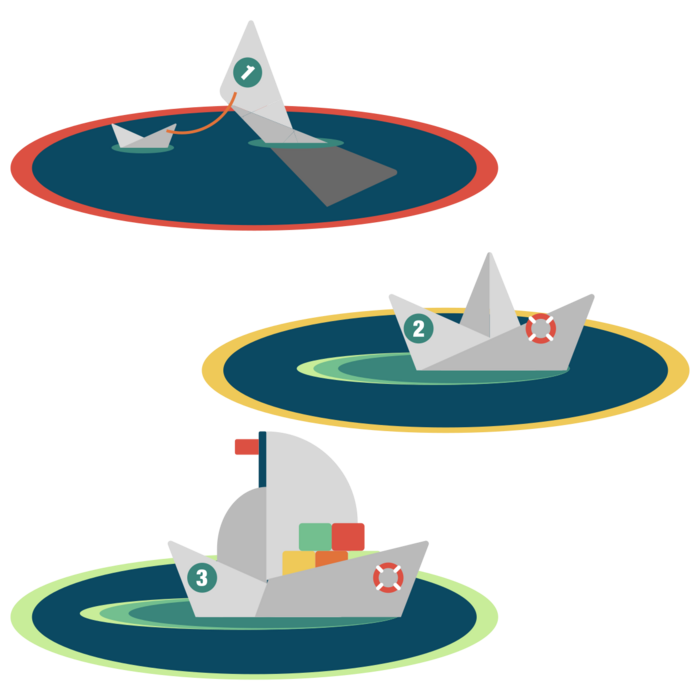(Created page with "<small>Enterprise Design Patterns | Creations Patterns</small> =#34: Tangible Futures= Tangible Futures <center> ''"Enterprises must shift from fixing their being to intentionally designing their becoming."''<br> - Wolfgang Goebl </center> ==Related Patterns:== #21: Hypotheses and Validation, #30: Depicting Shared Understanding, Moments in Time|#31: Mome...") |
No edit summary |
||
| (One intermediate revision by the same user not shown) | |||
| Line 2: | Line 2: | ||
=#34: Tangible Futures= | =#34: Tangible Futures= | ||
<center> | <center> | ||
[[File:Pattern34_Tangible_Futures.png|700px|Tangible Futures]] | |||
<br><br> | |||
''"Enterprises must shift from fixing their being to intentionally designing their becoming."''<br> | ''"Enterprises must shift from fixing their being to intentionally designing their becoming."''<br> | ||
- Wolfgang Goebl | - Wolfgang Goebl | ||
| Line 32: | Line 32: | ||
==Consequently:== | ==Consequently:== | ||
You replace implicit assumptions about the future with a simulated experience of what your design will be like in the real world. This enables people to see themselves in relation to the changes you are designing. They can develop a shared idea about this future, with a desire to be part of its reality. This allows them to take better informed decisions, and to explore the trade-offs between them. | You replace implicit assumptions about the future with a simulated experience of what your design will be like in the real world. This enables people to see themselves in relation to the changes you are designing. They can develop a shared idea about this future, with a desire to be part of its reality. This allows them to take better informed decisions, and to explore the trade-offs between them. | ||
'''[https://enterprisedesignpatterns.com Get the Enterprise Design Patterns as a book or ebook here.]''' | |||
Latest revision as of 12:12, 15 October 2025
Enterprise Design Patterns | Creations Patterns
#34: Tangible Futures

"Enterprises must shift from fixing their being to intentionally designing their becoming."
- Wolfgang Goebl
Related Patterns:
#21: Hypotheses and Validation, #30: Depicting Shared Understanding, #31: Moments in Time
You need to help your co-creators imagine the future of the enterprise so they can better appreciate how the outcomes achieved might be experienced.
In this context:
Enterprises can get so absorbed in planning the steps to be taken, they lose sight of the outcomes to be achieved. Many managerial roles consider planning the only challenge when determining what options to pursue. The lack of conversations about outcomes leads to divergent ideas about what exactly is being designed, resulting in a lack of clarity for decision-making.
Therefore:
You create tangible prototypes to simulate potential future scenarios. You use these prototypes to show what might happen when your design is implemented, to get feedback from your target audiences and to validate design decisions. To make convincing prototypes, you:
- Choose the best medium for what you want to emphasise, such as video, animation, images, or text;
- Make sure you represent the most important facets;
- Work with a range of expert disciplines to make your simulations as accurate as possible;
- Incorporate the main characteristics guiding your design decisions
Consequently:
You replace implicit assumptions about the future with a simulated experience of what your design will be like in the real world. This enables people to see themselves in relation to the changes you are designing. They can develop a shared idea about this future, with a desire to be part of its reality. This allows them to take better informed decisions, and to explore the trade-offs between them.